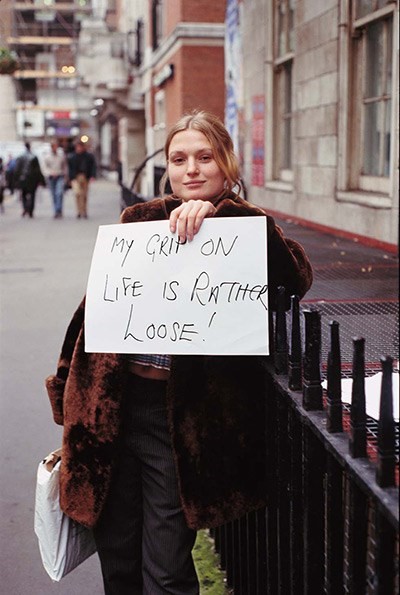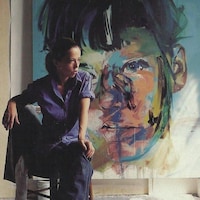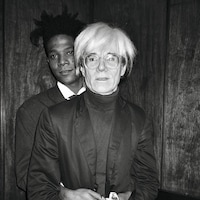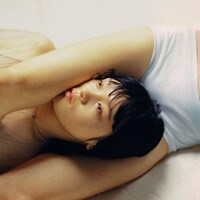The founder of Broken Grey Wires breaks down their radical approach to curating art by Daniel Johnston, Gillian Wearing, and more
The myth of the “mad artist” is a well-trodden tale. From our obsession with Van Gogh cutting his ear off, to outsider art by the likes of lo-fi artist and musician Daniel Johnston, the archetype has contributed to the success of many much-loved figures. At the same time, though, “mad” can be a contentious term, evoking harmful stigmas against mental illness. “The word has mainly been portrayed as referencing dangerous individuals or somebody with no autonomy,” notes curator and Broken Grey Wires founder Lizz Brady. “A person who cannot function in the world without support.”
This is far from the truth, of course, and Brady’s new “mad-friendly” exhibition, Two Plus Two Makes Four, aims to reclaim and expand the meanings of the word – to do for “mad” what the LBGTQ+ community has done for “queer”. “Being mad, to me, is about acknowledgement and acceptance,” she says, adding that her understanding is rooted in her own experiences of mental illness. “For as long as I can remember, I have struggled with my mental health and in my early 20s I was diagnosed with bipolar disorder... I am not ashamed of who I am.”
Broken Grey Wires was founded by Brady in 2015, after experiencing a long period of mental health crisis. Investigating the connection between art and mental health in dialogue with contemporary artists, communities and audiences, the organisation is “an attempt to cure our institutions and aid recovery from within”. Working with creatives who identify as mentally ill or disabled over the last several years has broadened her perspective on the topic, she explains, and to push her understanding further she began pursuing a postgraduate course in Mad Studies at Edinburgh University, which underpins the new exhibition.
“Mad Studies is a radical voice exploring madness and disability, listening to those who identify as mad,” she says. “And I am learning as I go, being open minded, checking my own negative learned behaviour, and being passionate about creating safer spaces and better support networks for communities around me.”
Opening later this week at The Auxiliary in Middlesbrough, Two Plus Two Makes Four features artworks by Daniel Johnston, Gillian Wearing, Pipilotti Rist, Martin Creed, Tsoku Maela, Bill Viola, and more. Luke Fowler explores the work of radical psychiatrist R.D. Laing in the 2011 video All Divided Selves. A centrepiece of the show is Jochen Gerz’s Calling to the Point of Exhaustion, which sees the conceptual artist call until his voice is hoarse, expressing “the loneliness, unheard cries and hopelessness” felt at the height of a mental health crisis.
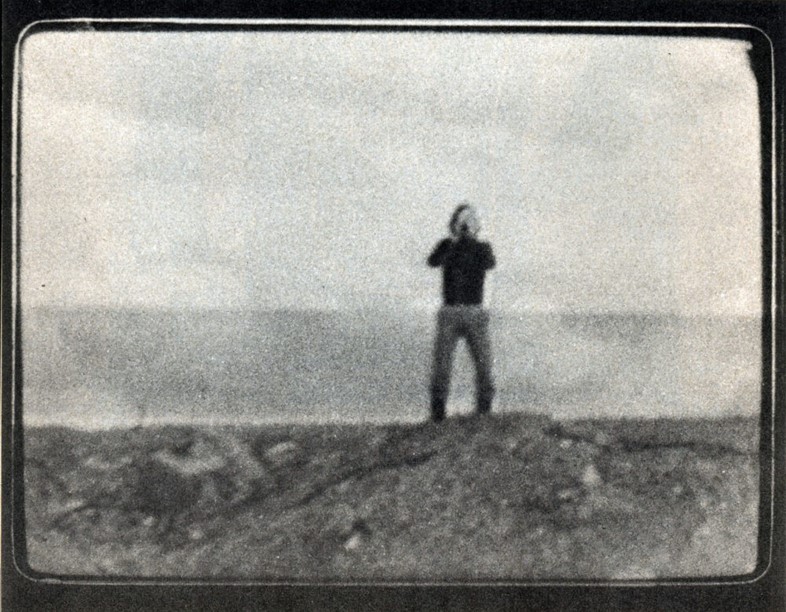
The response was positive when Brady approached artists and estates to feature in a show about madness, she says. “I do think most people are open to learning about terminology, and language, and how subtle changes, nuances and a gradual shift can be a positive thing.” It helps that Brady’s intentions are clearly in the right place. Beyond simply platforming “mad” artists, Two Plus Two Makes Four will represent a radical new approach to presenting such works in a gallery environment.
Without naming any names, Brady notes that some larger art institutions are “wary of being radical or ambitious with their ideas”. “The bigger institutions may need to tick certain boxes, and that is more their focus, not the community, which is disappointing but not necessarily a surprise.” Two Plus Two Makes Four, on the other hand, places mental health and accessibility front and centre, partly through the application of a groundbreaking system, the Mad Manual Toolkit.
“Through my work with Broken Grey Wires, I wanted to develop alternative ways to support people experiencing madness, [and] begin to learn how I can help educate communities to care for themselves and each other, and dismantle stigma that is rife in society,” says Brady.
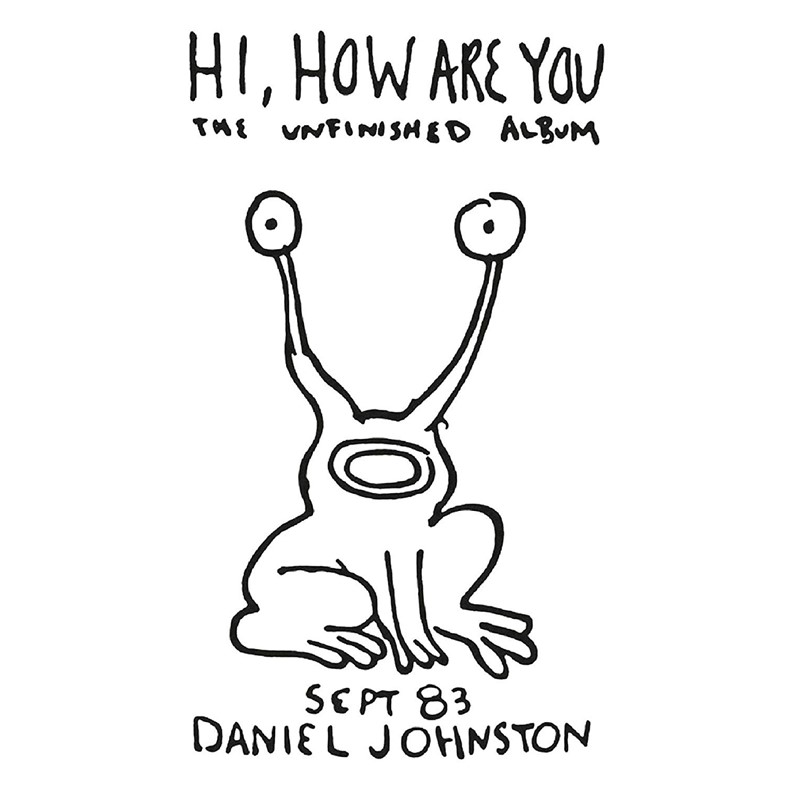
Using self-selected activities and cards that showcase a visitor’s access needs, the Mad Manual toolkit aims to provide a framework for visiting art spaces such as The Auxiliary, and to engage audiences to engage “more substantially” with the exhibition. “It is very important to me that we are able to normalise sharing our needs,” Brady adds. “And even more important that institutions or collaborators take these needs seriously and accommodate as best they can.”
The idea behind Brady’s work is that, by sharing our unique needs and interrogating the words we use to talk about them – such as “madness” – we can begin to think about how we identify with our own mental health, our own in-built prejudices, and the power dynamics we experience on a daily basis, even if they go unnoticed. “Most importantly,” she says, “we can explore people as individuals, and not as an ‘issue’ to be solved.”
Two Plus Two Makes Four opens on February 16 at The Auxiliary, Middlesbrough, running until March 24.
